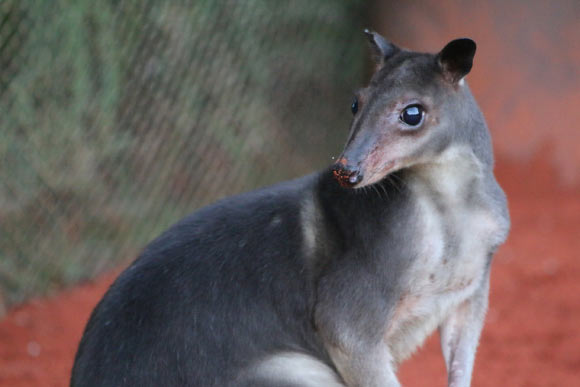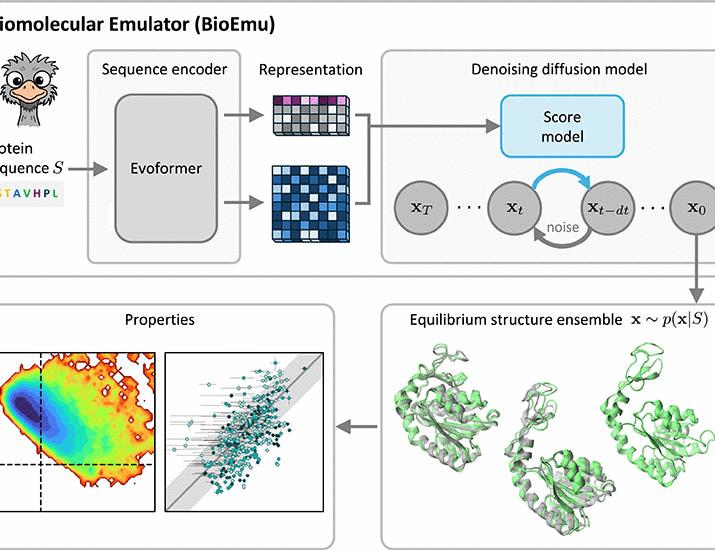Now Reading: 5-Million-Year-Old Deer Fossils Discovered in Tennessee
-
01
5-Million-Year-Old Deer Fossils Discovered in Tennessee
5-Million-Year-Old Deer Fossils Discovered in Tennessee

Fast Summary
- Fossilized remains of the extinct deer species Eocoileus gentryorum were discovered at the Early Pliocene Gray Fossil Site in northeastern Tennessee,USA.
- Thes fossils are among the oldest records of deer in North America and the first pre-Pleistocene records from Appalachia.
- The revelation includes fragmentary remains such as a skull, an upper molar, and limb bones.
- Previously,Eocoileus gentryorum was known only from Florida; this new discovery highlights its rapid spread across North America after arrival.
- Ancient deer like Eocoileus gentryorum were smaller compared to modern species, similar in size to Key deer (Florida) or brocket deer (Central/South America).
- Findings suggest these early deer adapted successfully to diverse habitats and have filled ecological roles in Appalachian forests for nearly 5 million years despite climate changes affecting other large herbivores.
Indian Opinion Analysis
This discovery sheds light on how ancient fauna evolved within different ecosystems over millions of years and points to the adaptability of certain species like deer amidst environmental shifts-a resilience relevant even today as modern wildlife faces accelerating climate change globally. For India, which boasts rich biodiversity and varied climatic zones similar to those described in this study (ranging from coastal regions to highlands), understanding how species adapt could inform conservation models crucial for protecting endemic wildlife under changing conditions.
Furthermore, highlighting fossil studies exemplifies scientific collaboration that could be applied internationally-including between Indian scientists-to uncover shared evolutionary histories across continents.
























